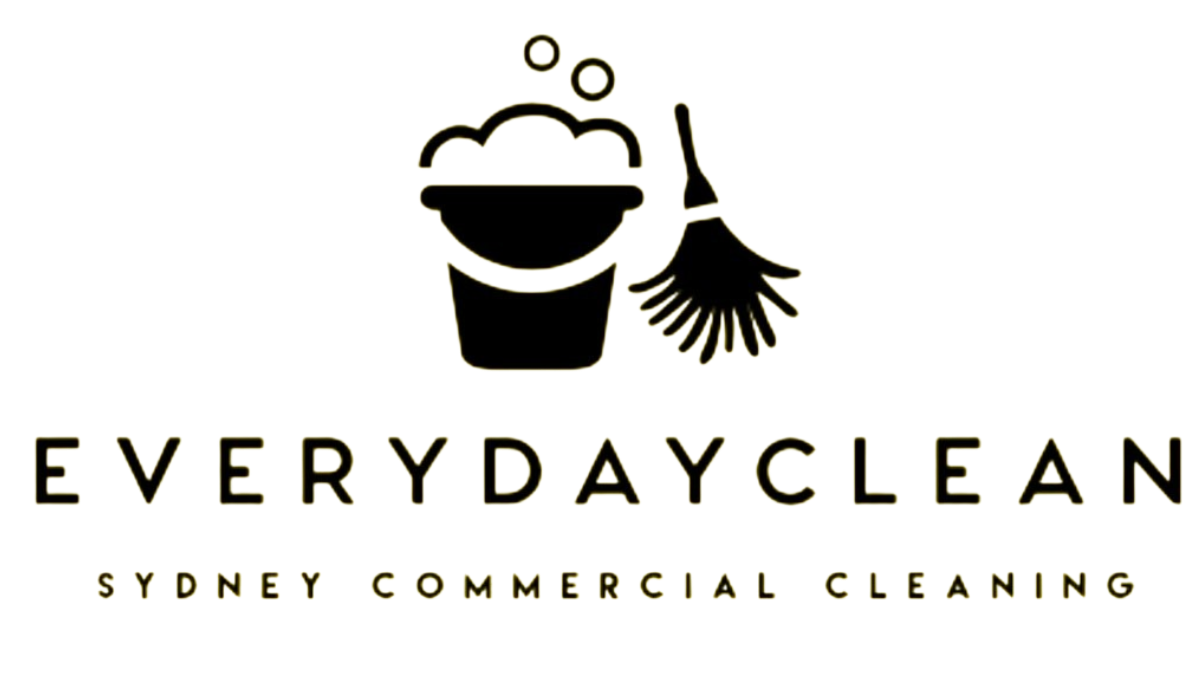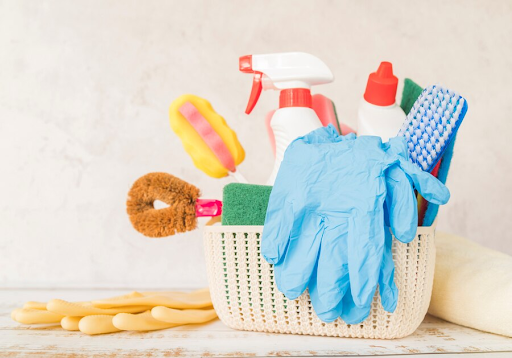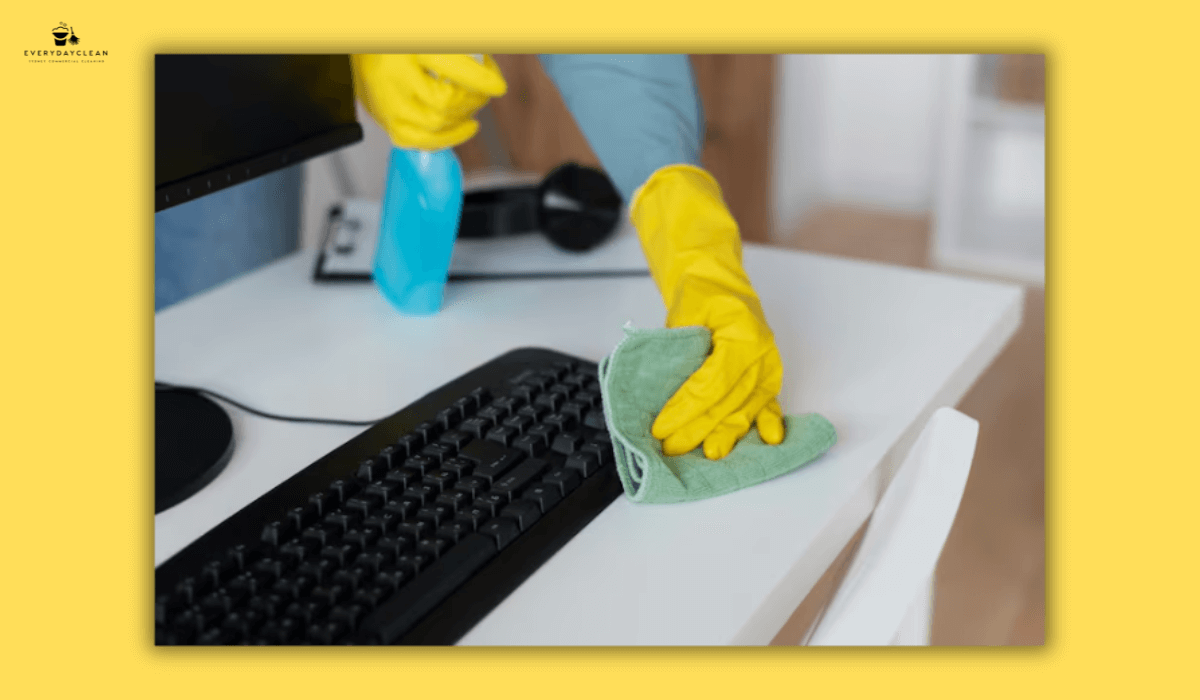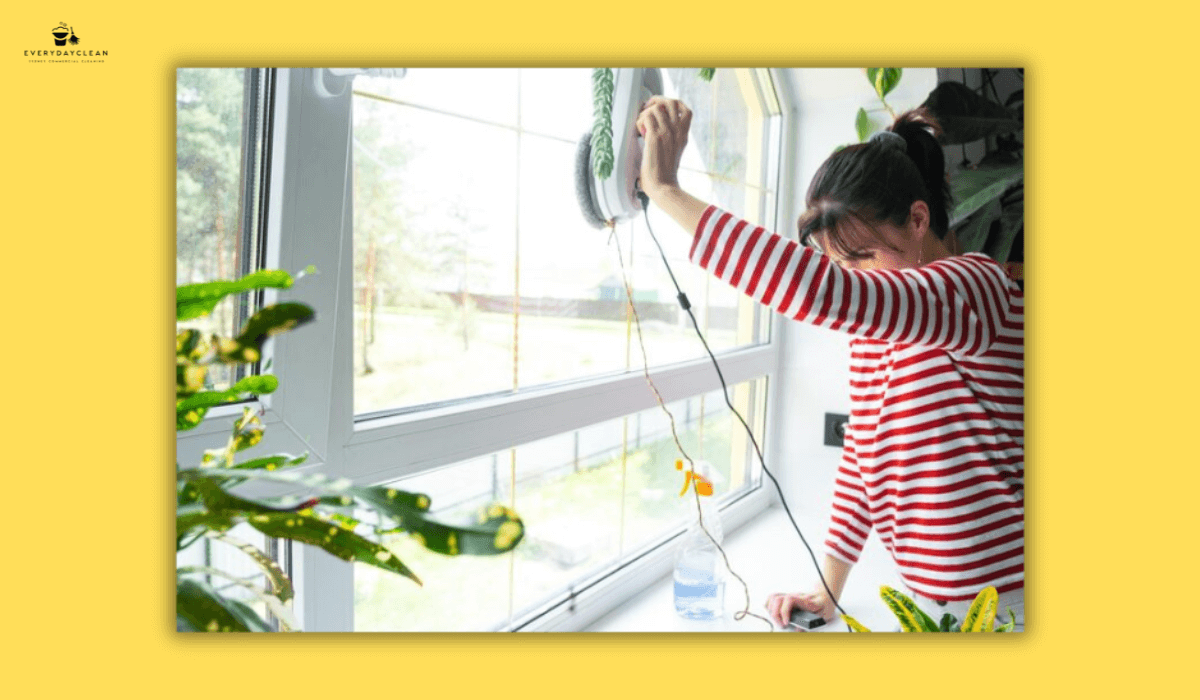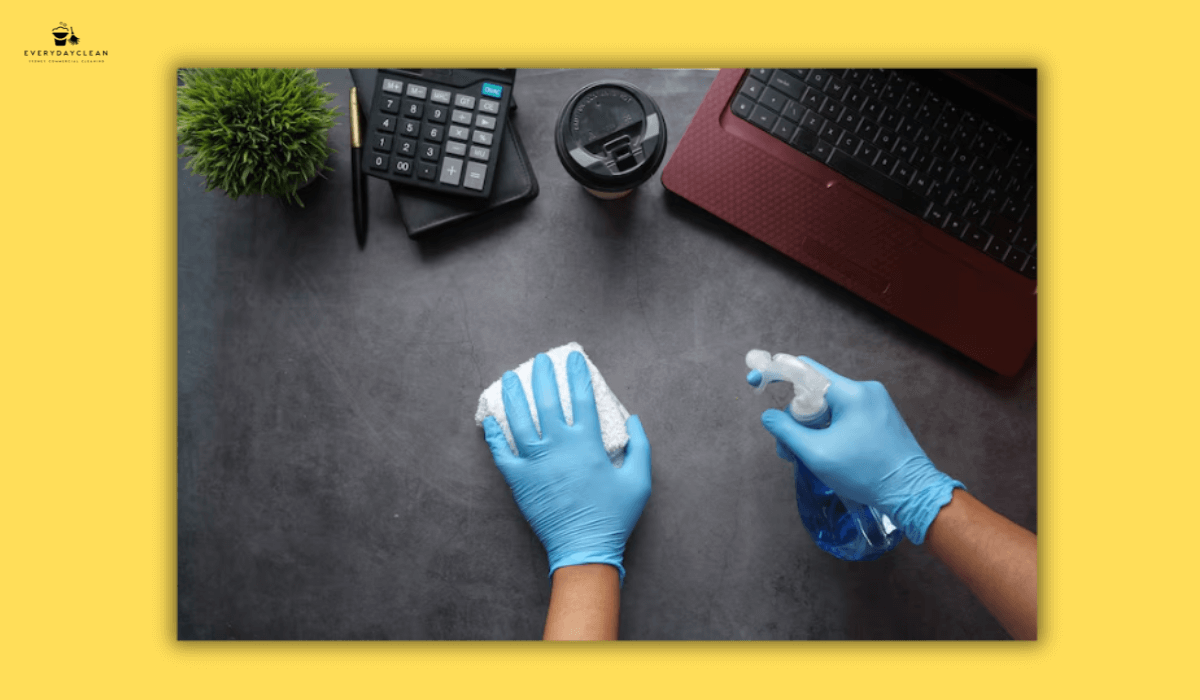Green Cleaning in Childcare Facilities: Best Practices
Green cleaning in childcare facilities is more than a trend—it's a practical shift toward safer, low-toxicity maintenance that prioritises both environmental sustainability and effective cleaning routines. In early learning environments, where surfaces are touched frequently and hygiene expectations are high, adopting green cleaning protocols helps centres reduce harsh chemical exposure while maintaining spotless, well-managed spaces. This article explores the best practices for implementing green cleaning in childcare centres across Sydney, from product selection to daily workflows.
Why Green Cleaning Matters in Childcare Settings
Eco-conscious cleaning aligns with the values of many modern childcare centres. It's not about compromising cleanliness—it's about optimising cleaning outcomes using safer, smarter alternatives.
Reduced Reliance on Harsh Chemicals
Green cleaning focuses on minimising the use of ingredients that may contribute to strong odours or chemical residue. Common substitutes include pH-neutral, biodegradable solutions that are suitable for high-frequency surface cleaning.
Sustainability in Everyday Practice
Eco-friendly cleaning products are often packaged in recyclable materials, designed for concentrated use (reducing plastic waste), and produced with lower environmental impact. These changes support long-term sustainability goals that matter to both operators and families.
Many Sydney-based centres work with trusted partners like
Everyday Clean to align their cleaning practices with sustainability expectations.
Core Principles of Green Cleaning in Childcare Facilities
To implement green cleaning effectively, childcare centres need to structure their approach with clarity and consistency.
Use of Eco-Certified Cleaning Products
Choose products labelled with recognised eco-certifications. These are typically free from phosphates, chlorine, and synthetic fragrances, and they often use plant-derived surfactants. Prioritise options with clear ingredient lists and proper usage instructions.
Avoiding Cross-Contamination
Microfibre cloths, colour-coded cleaning equipment, and compartmentalised storage systems play a crucial role in green cleaning. These tools reduce reliance on chemical disinfectants while still ensuring hygienic outcomes.
Smart Dilution and Application
Green cleaning also means cleaning smarter—not harder. Using concentrated formulas with correct dilution ratios prevents overuse and waste, while ensuring product performance.
FAQs About Green Cleaning in Childcare Facilities
What makes a product “green” in a childcare context?
Green cleaning products typically avoid ingredients such as chlorine, ammonia, or synthetic dyes. Instead, they use naturally derived surfactants, biodegradable ingredients, and safe pH levels. Certifications like GECA (Good Environmental Choice Australia) or EcoLogo can help identify these options.
Can green cleaning still meet hygiene requirements?
Yes. When used properly, many low-toxicity products can meet hygiene standards without relying on harsh chemicals. Green cleaning focuses on the overall system—product quality, proper technique, and routine—rather than just disinfectant strength.
How can we introduce green cleaning without overwhelming staff?
Start with a gradual approach. Replace traditional cleaners with eco-friendly alternatives in low-risk areas, such as toy bins and desks. Train staff during slower periods and introduce reusable cleaning tools like microfibre cloths to reduce waste and simplify routines.
Are there any compliance concerns with switching to green products?
Most childcare centres can switch to green alternatives without breaching regulations, as long as products are used appropriately and surface types are considered. When in doubt, consult with cleaning professionals or suppliers familiar with early education environments.
Conclusion: Green Cleaning for Smarter, Safer Centres
Green cleaning in childcare facilities isn’t just about appearances—it’s about creating low-impact, manageable cleaning routines that support both the staff’s workflow and the expectations of families. By incorporating certified low-toxicity products, reusable cleaning tools, and smart daily procedures, childcare centres can uphold a consistently clean and professional environment without relying on harsh chemicals.
For Sydney-based childcare providers looking to streamline eco-conscious cleaning routines, Everyday Clean offers expert commercial support tailored to early learning settings.
Author: Everyday Clean Content Team
Everyday Clean is Sydney’s trusted provider of professional office, strata, and commercial cleaning services. Our licensed and insured team helps workplaces maintain top hygiene standards with eco-friendly products and proven cleaning systems. With years of experience supporting Sydney businesses, Everyday Clean shares expert tips, real case studies, and practical advice to keep your workplace safe, compliant, and welcoming.
